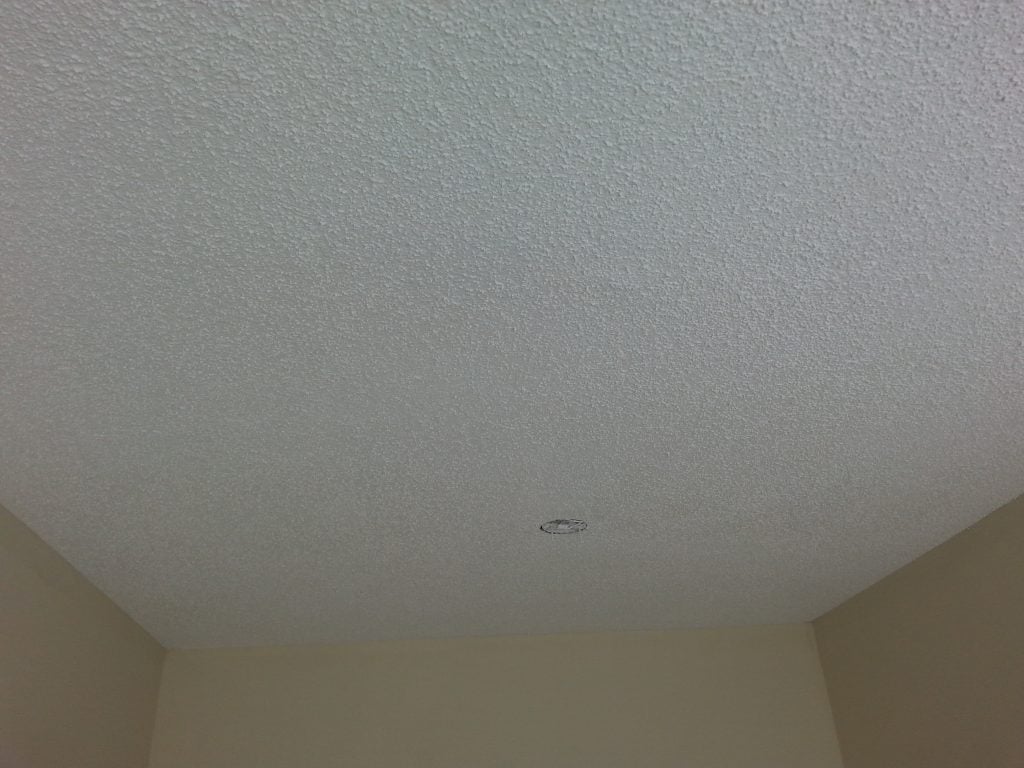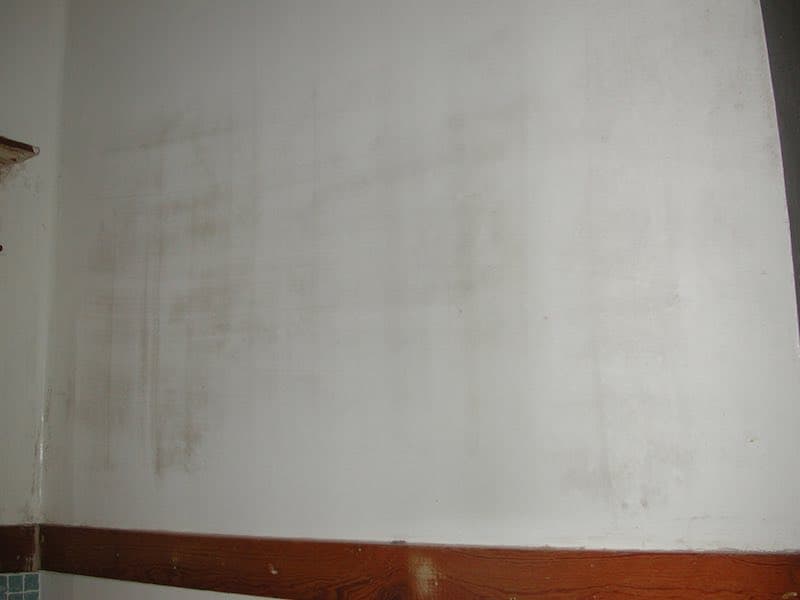Don't Let Wall Stains Linger - Best Practices For Checks And Repairs
Don't Let Wall Stains Linger - Best Practices For Checks And Repairs
Blog Article
The content following next about Water Stains on Walls is particularly stimulating. Have a go and make your own personal assumptions.

Water spots on wall surfaces are not pleasurable to the eyes. In some cases it seems virtually unpreventable to experience water discolorations on wall surfaces in houses.
Property owners living in damp regions constantly deal with the fear of water discolorations on wall surfaces. With all-round as well as accurate information on the reasons of water discolorations as well as prompt fixing processes, you will certainly constantly be an action in advance of such incidents.
3 Typical Reasons For Water Stains on Walls
Contrary to common belief, water discolorations on walls do not constantly come from poor structure products. There are a number of reasons for water stains on wall surfaces. These consist of:
Poor Drain
This will protect against water from permeating into the walls. This web links to excessive wetness that you observe on the walls of your structure.
The leading cause of damp walls, in this situation, can be a poor water drainage system. It can likewise be due to inadequate administration of sewage pipelines that run through the structure.
Moist
When hot wet air consults with dry cool air, it triggers water beads to form on the wall surfaces of buildings. When there is steam from food preparation or showers, this occurs in kitchens as well as washrooms. The water droplets can discolor the bordering walls in these parts of your house and also spread to various other areas.
Moist or condensation influences the roofing system and walls of structures. When the wall surface is damp, it creates an appropriate setting for the growth of fungi and also microbes.
Pipe Leaks
Many residences have a network of pipes within the walls. This makes certain that the pipes are well away from the reach of harmful rats. It always enhances the viability of such pipelines, as there is little oxygen within the wall surfaces. This discourages rust.
Yet, a drawback to this is that water leakage impacts the wall surfaces of the structure and also creates prevalent damages. An indicator of malfunctioning pipelines is the look of a water tarnish on the wall surface.
Water Stains on Wall Surface: Fixing Tips
Homeowners would typically desire a quick fix when managing water stains. Yet, they would soon recognize this is detrimental as the water spots persist. So, right here are a couple of practical pointers that will certainly lead you in the fixing of water discolorations on wall surfaces:
Pro Idea
A houseplant in your home also increases its humidity. So, if your home is already humid, you may intend to present houseplants with very little transpiration. An example of suitable houseplants is succulents.
Verdict
Although no person wishes to have water stains on walls in their residence, it can take place to the very best of us. This short article gives you utilize, as you currently understand just how to manage this accident if it does occur.
It is constantly best to recruit specialist solutions to help fix the problems in your home.
Sometimes it appears practically inevitable to experience water discolorations on walls in residences.
Contrary to popular idea, water spots on wall surfaces do not constantly stem from poor structure materials. There are numerous causes of water discolorations on wall surfaces. The water droplets can tarnish the surrounding wall surfaces in these parts of your residence as well as spread to other locations.
Here are a couple of useful tips that will certainly lead you in the repair service of water stains on walls:
CHECKING FOR WATER DAMAGE
Water damage can be costly, and it may begin before you even notice the first signs of trouble. Water damage can cause mold and mildew in your walls and floors, which can create an abundance of health concerns for your family. It can also lead to costly repairs of various appliances and general home fixtures. To avoid the pricey consequences of water damage, here are Warner Service’s top 5 places you should check:
The walls – The easiest place to spot the beginnings of water damage is on the walls and ceilings of your home. If water damage is present, there will most likely be water stains, especially around the windows and doorframes, and/or cracks in the drywall. If a stain looks unusual (discolored to brown, black or gray, raised texture), has a swollen appearance or is soft to the touch, contact a professional immediately. The pipes – To avoid water damage, consistently check the pipes in your kitchen (especially the dishwasher and ice maker), bathrooms, laundry room (specifically washing machines) and basement for corrosion, leaks and water stains. Pay special attention to where the pipes connect in your home and the location of caulking around the bathroom fixtures, including toilets, sinks, showers and tubs. Missing or loose caulking and grout could be signs of leaking water. This seepage can also quickly cause mold and rust, so double check your water heater and tank for wet spots on the floor. The floor – Water damage is very easy to spot on the floor. Look for any warping or buckling of the material, especially in the basement. If your home has wood flooring, look for bright white or dark stains. If your home has carpeting, keep it dry and clean. A damp carpet that smells of mold could cause water damage and health problems. To avoid this, consider installing floor pans under your appliances to help prevent damages from small, slow and undetected leaks. The basement and attic – If your basement or attic smells odd check for mold and mildew around the area, especially the valley where the roof meets. While you are inspecting those areas, check for wall cracks, floor stains, rust and dampness in the insulation. If you live in a colder and/or rainier climate, perform routine checks for water damage from melting snow or ice and rain. The exterior – Check the roof for damaged flashing and missing, cracked or curled shingles. There should also be no standing water anywhere outside your home. This could be caused by puddles, leaky rain gutters or hoses, poor drainage, or short gutter spouts. Invest in a sump pump system or water flow monitoring system, and perform routine maintenance on these outdoor appliances to avoid indoor water damage.

We hope you enjoyed our piece about How to Remove Water Stains from Walls and Ceilings. Thank you so much for finding the time to browse our blog post. Do you know about another person who is in the market for ? Why not share it. Many thanks for your time. Don't hesitate to come by our site back soon.
Click For More Information
Report this page